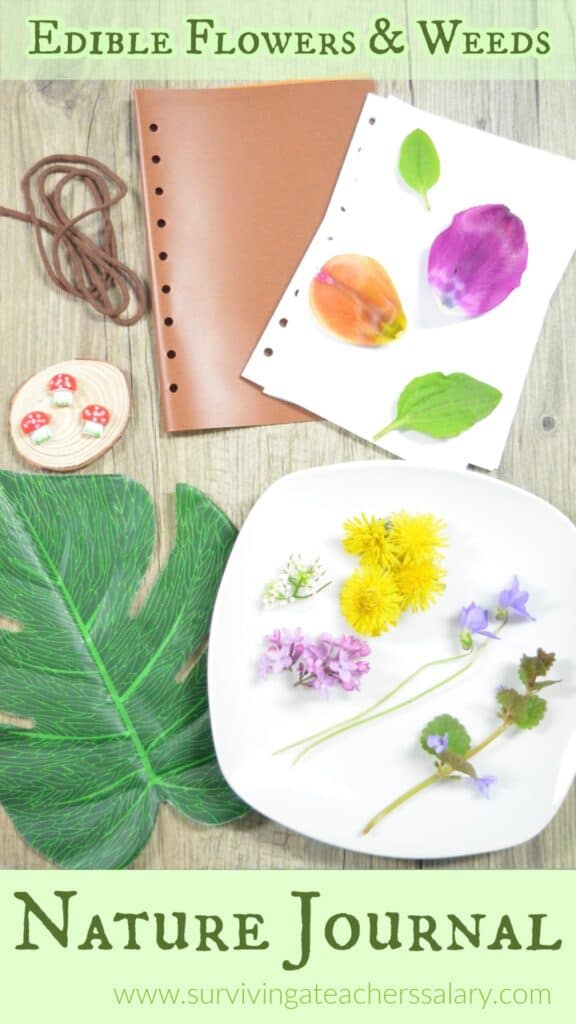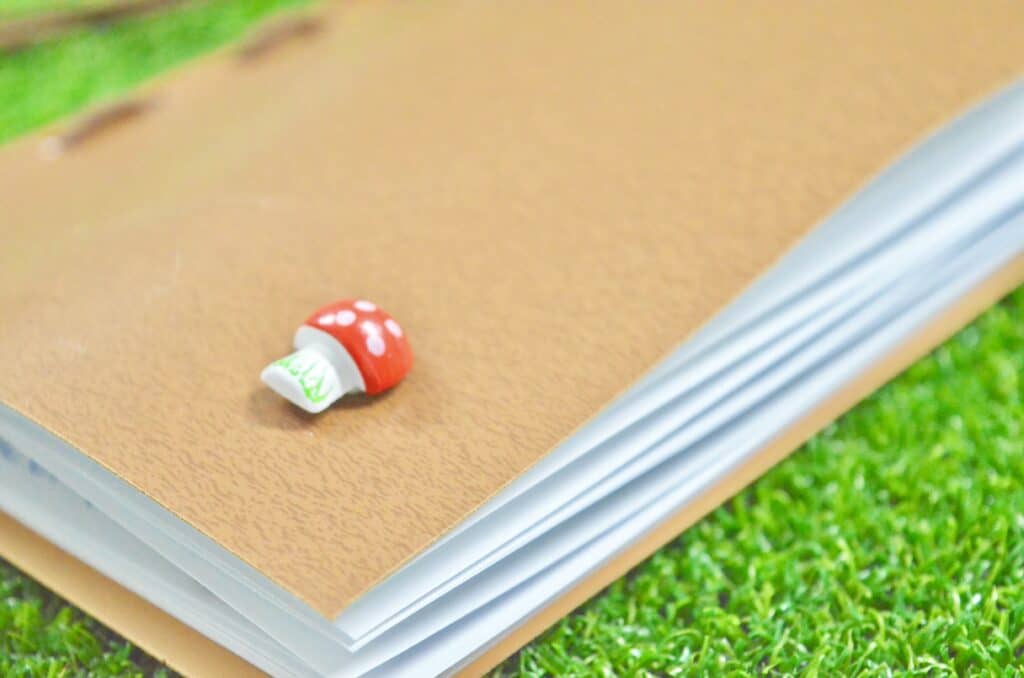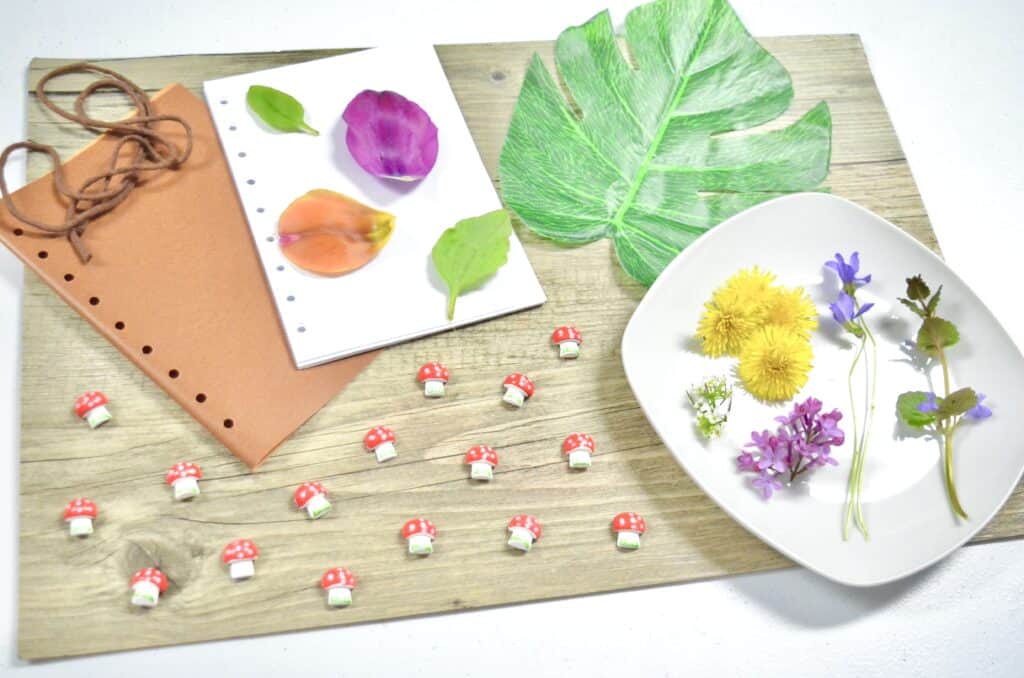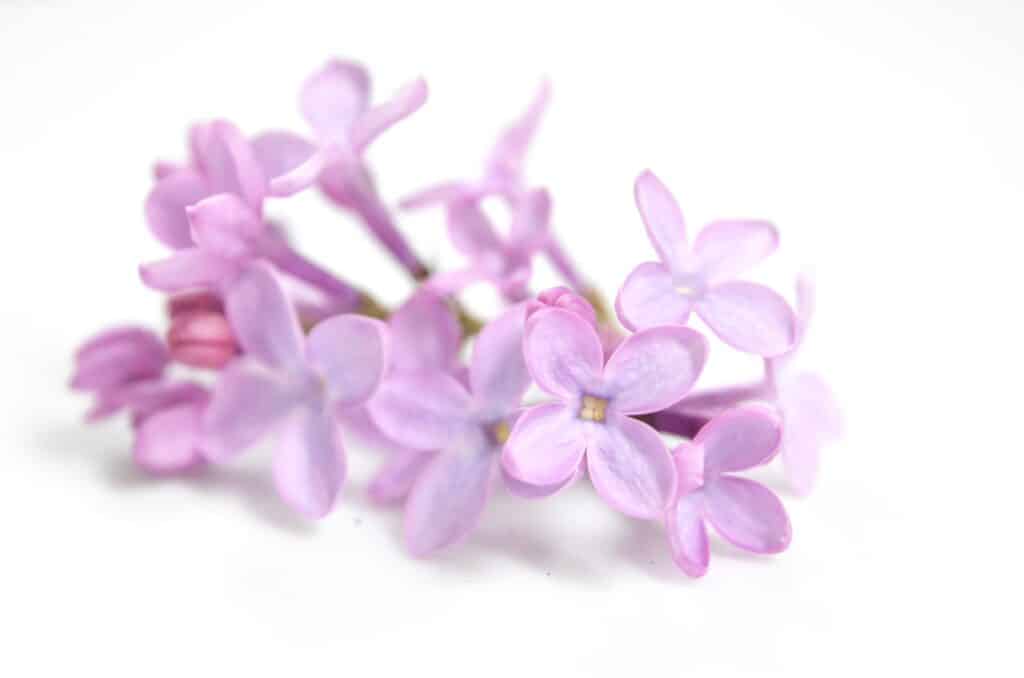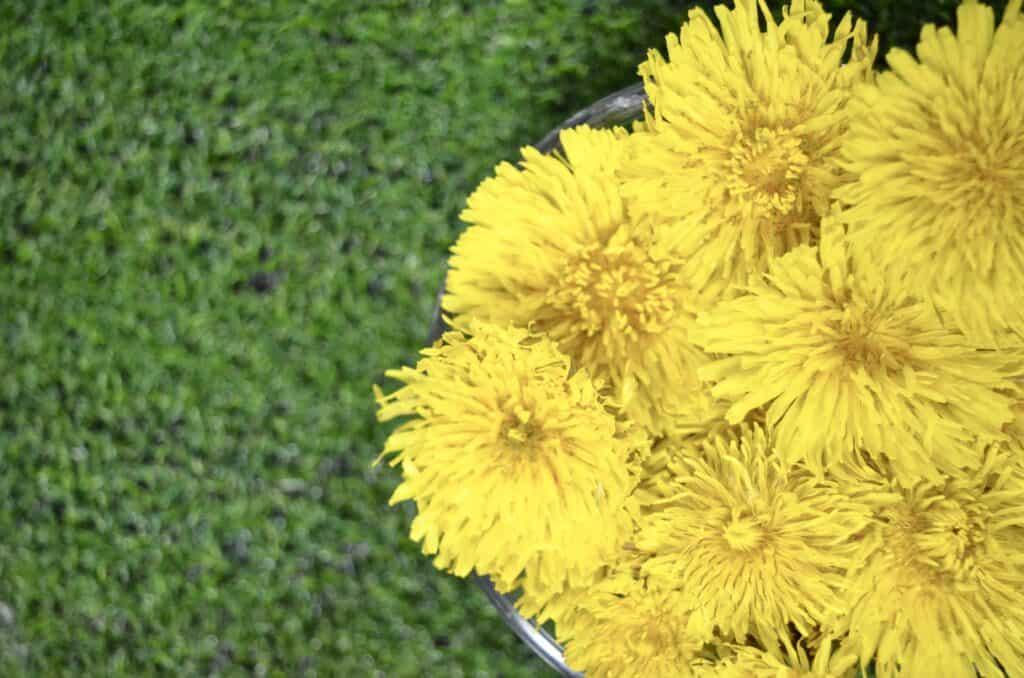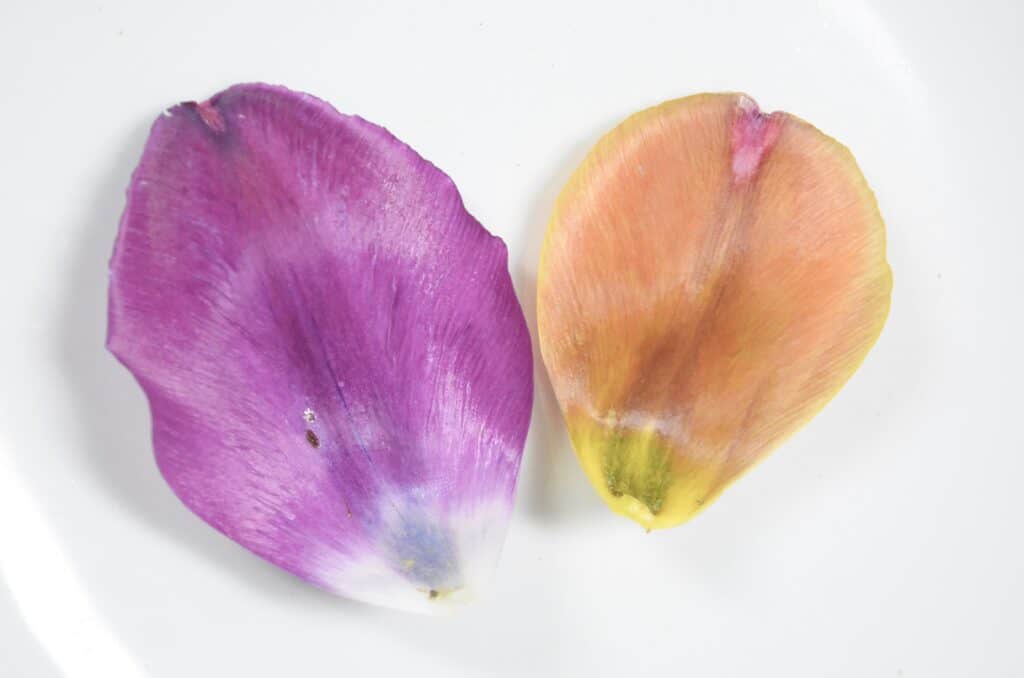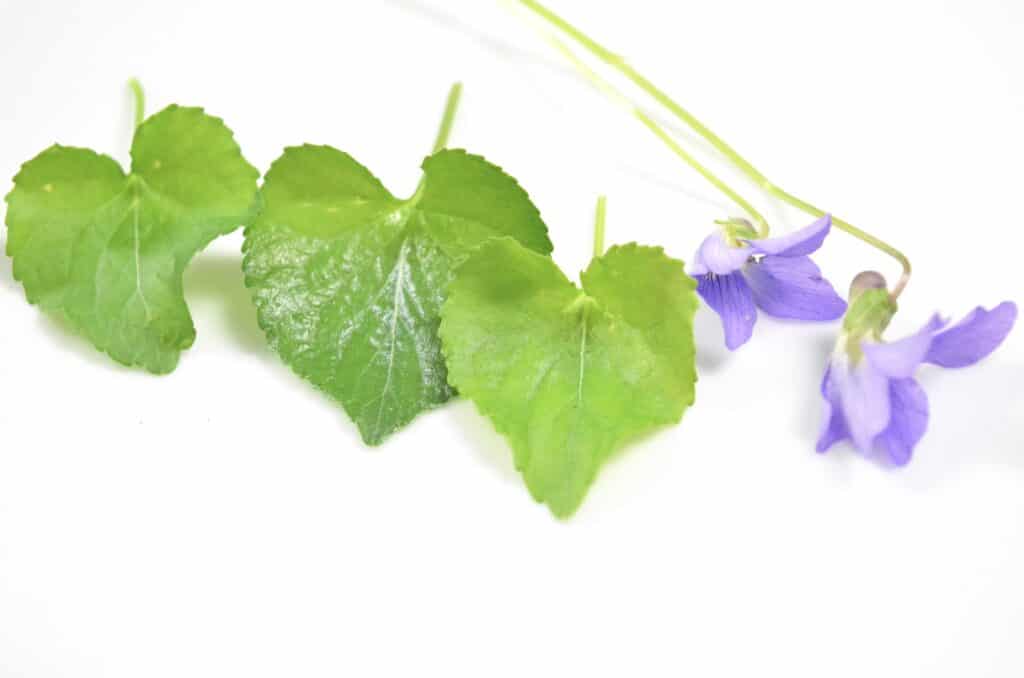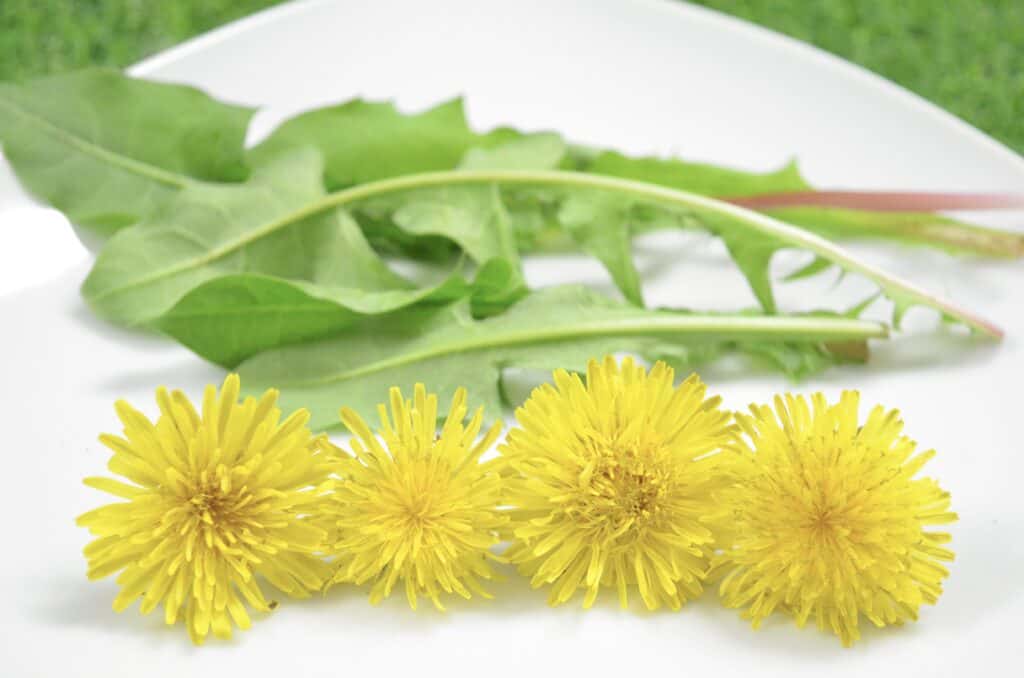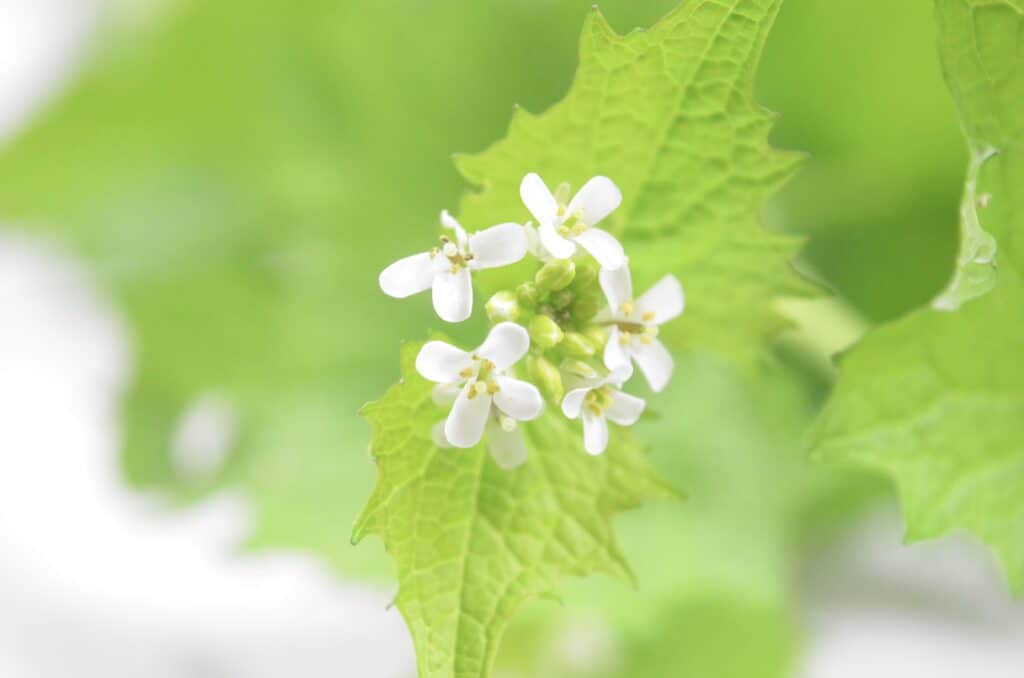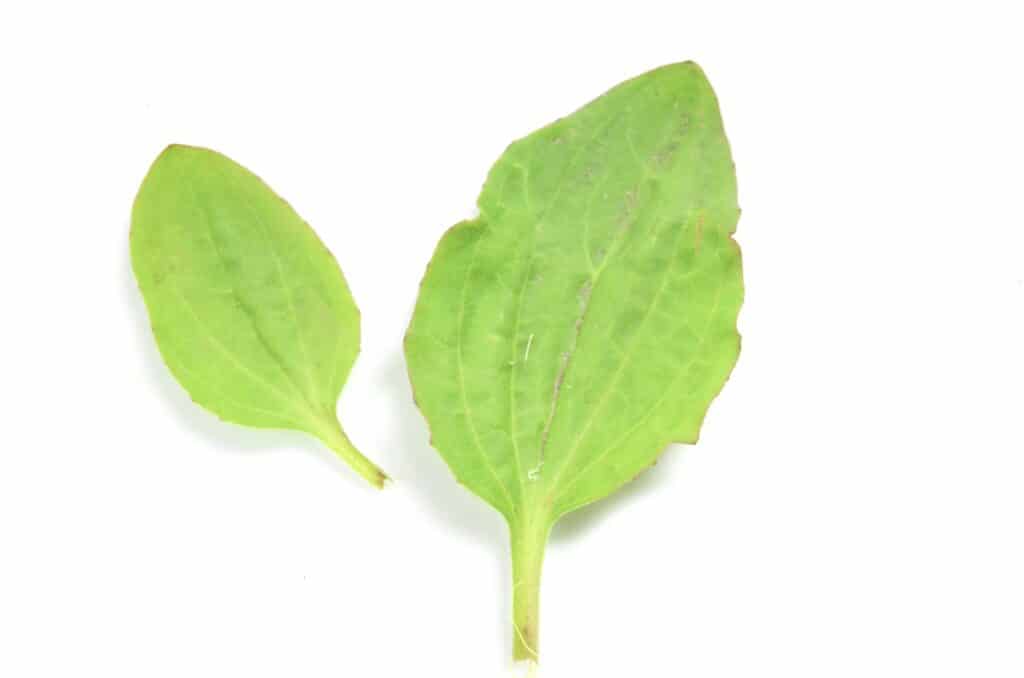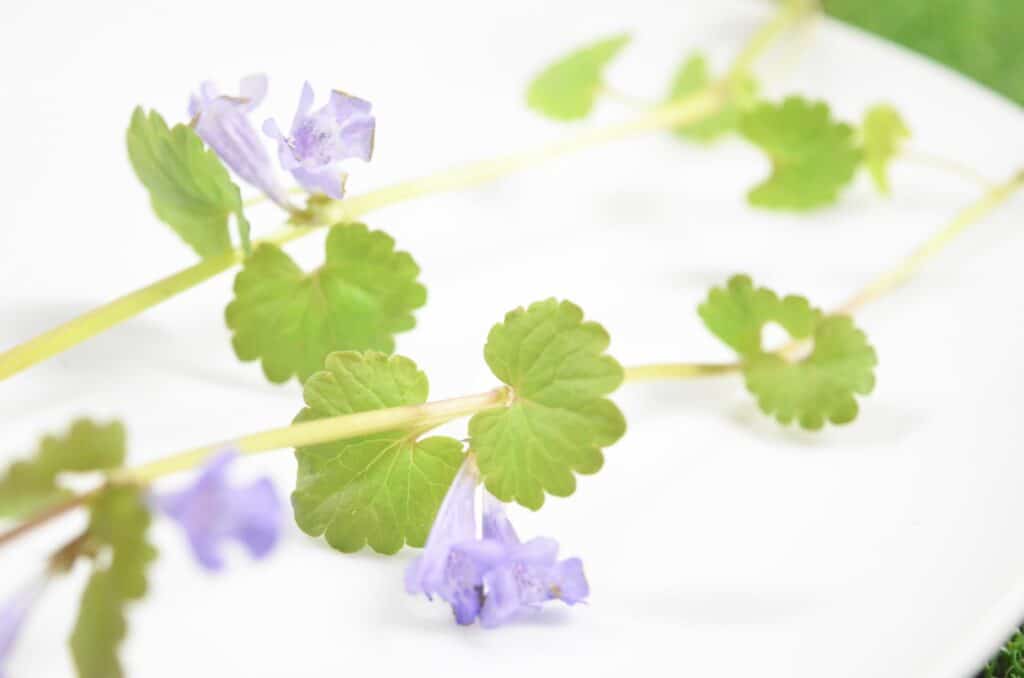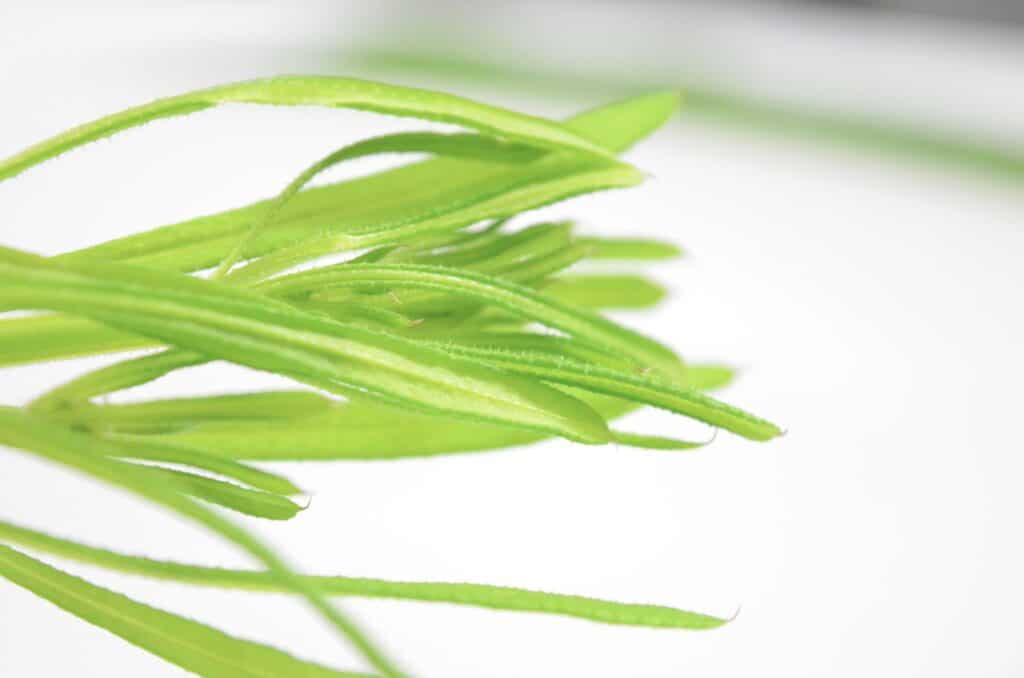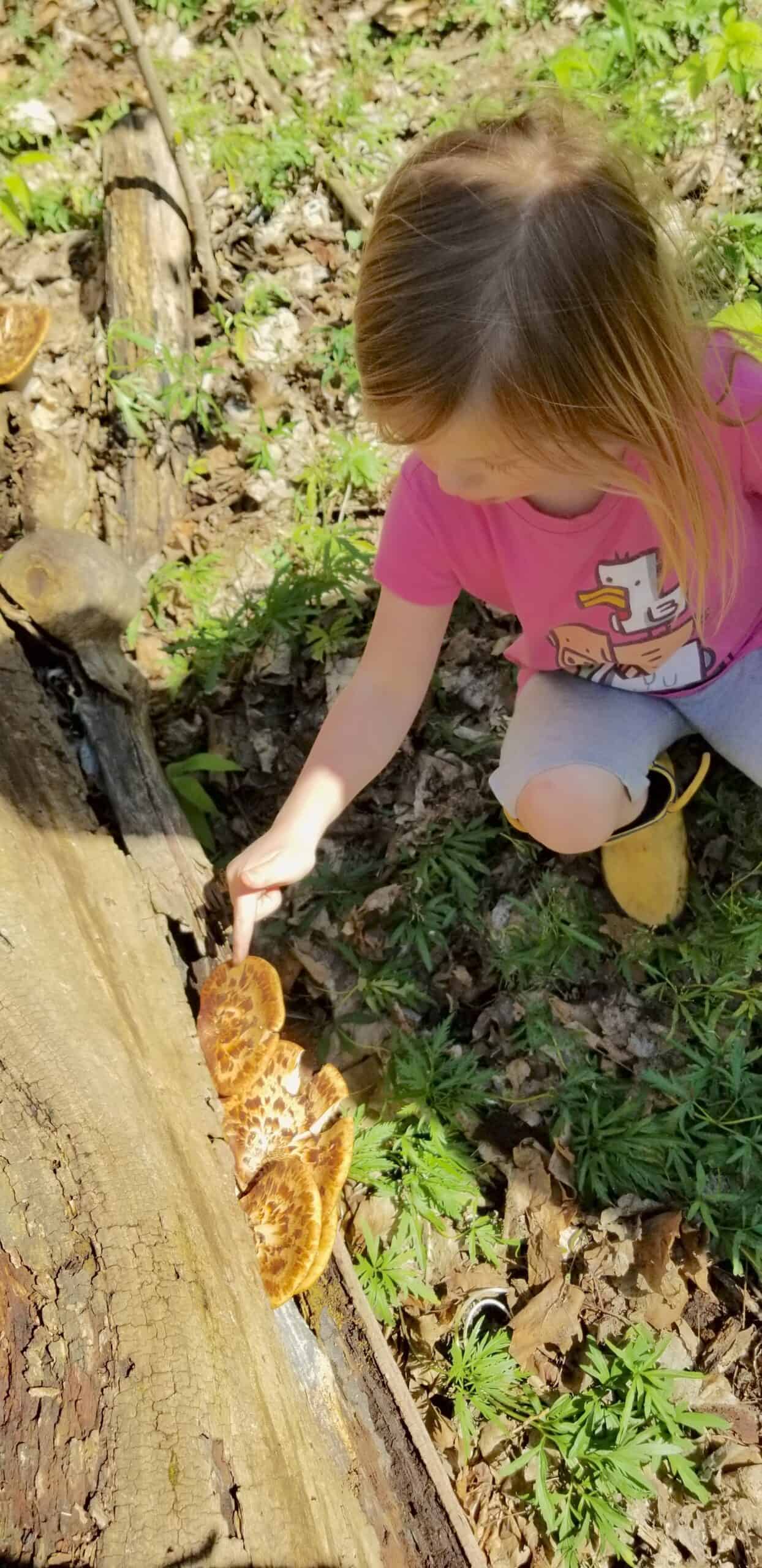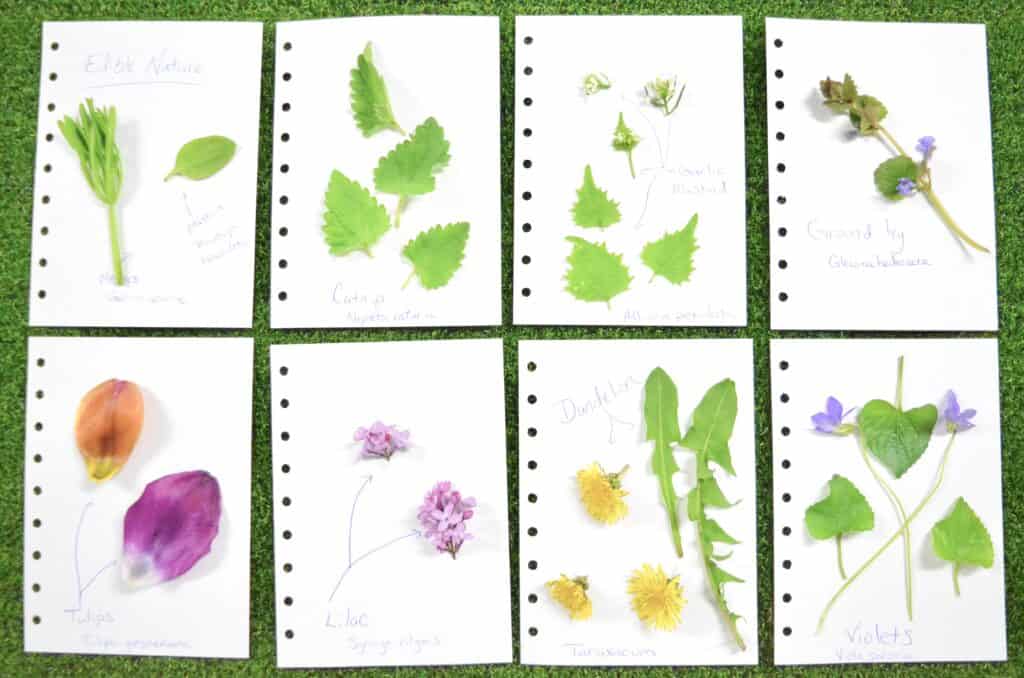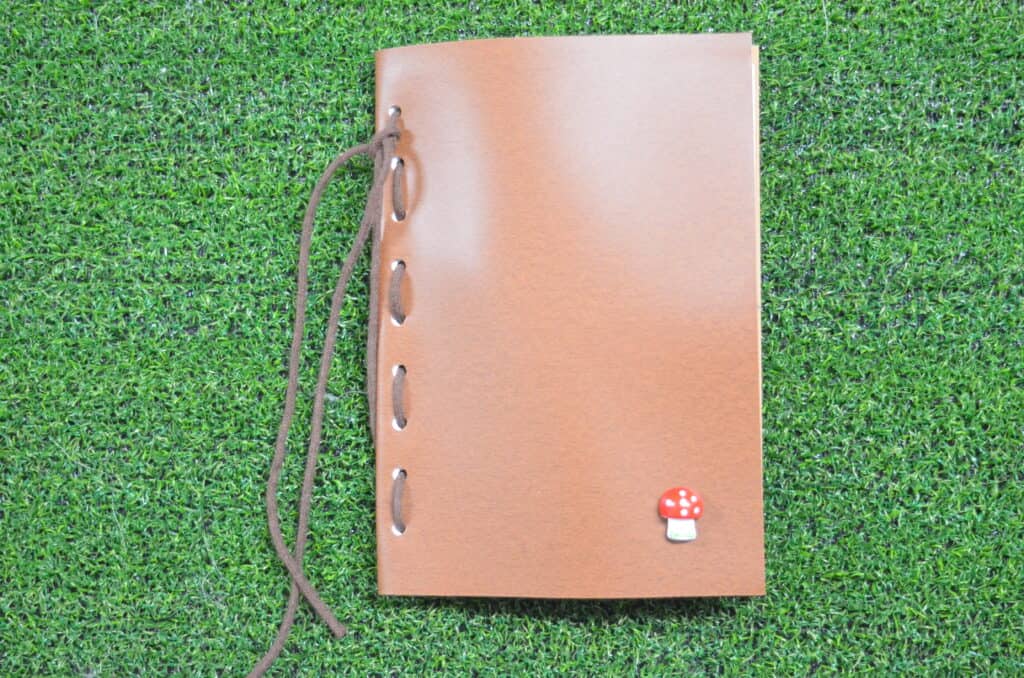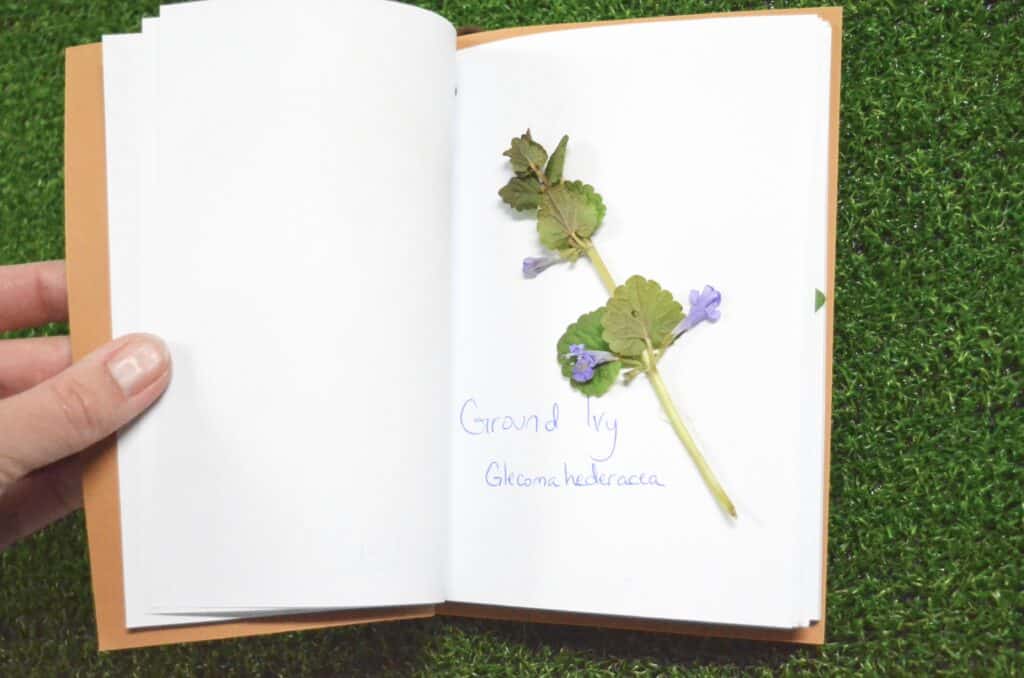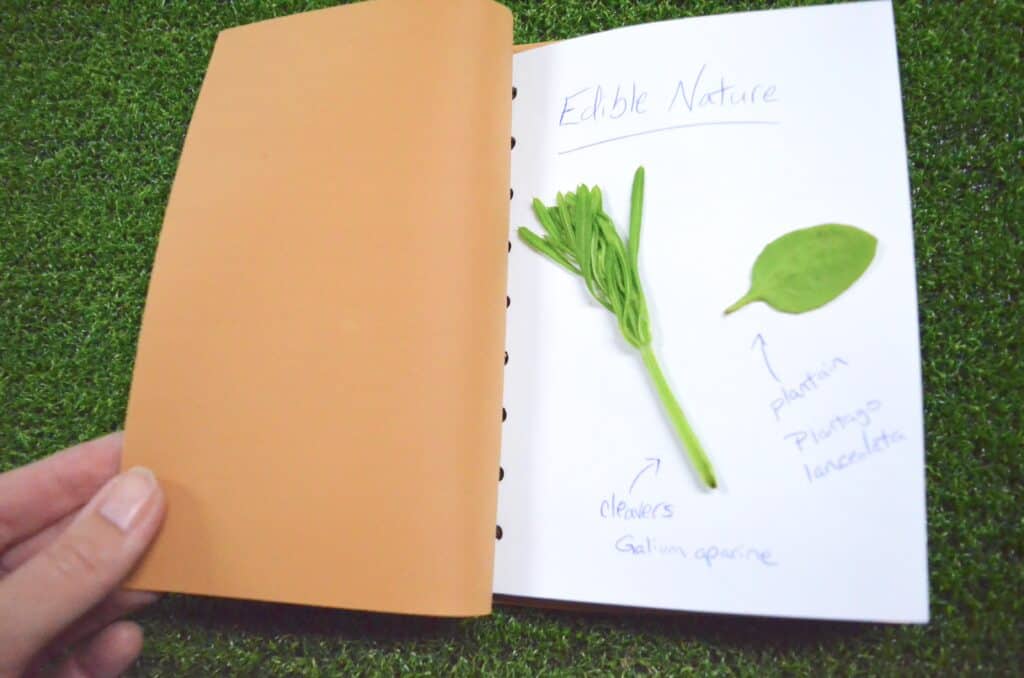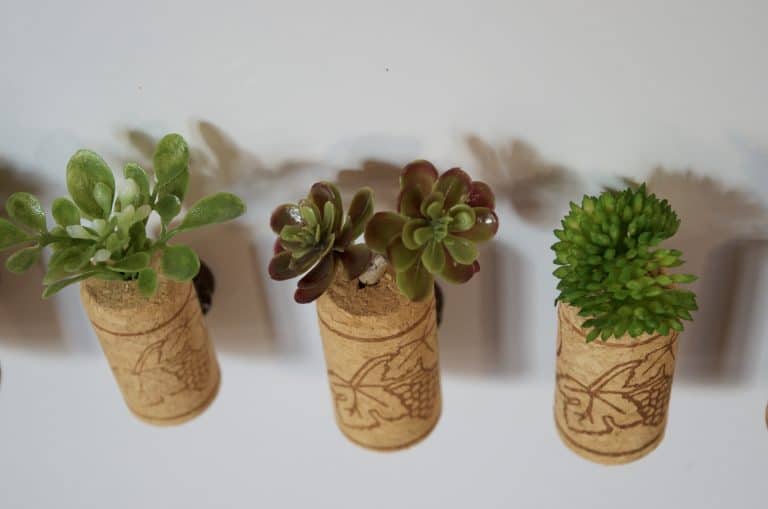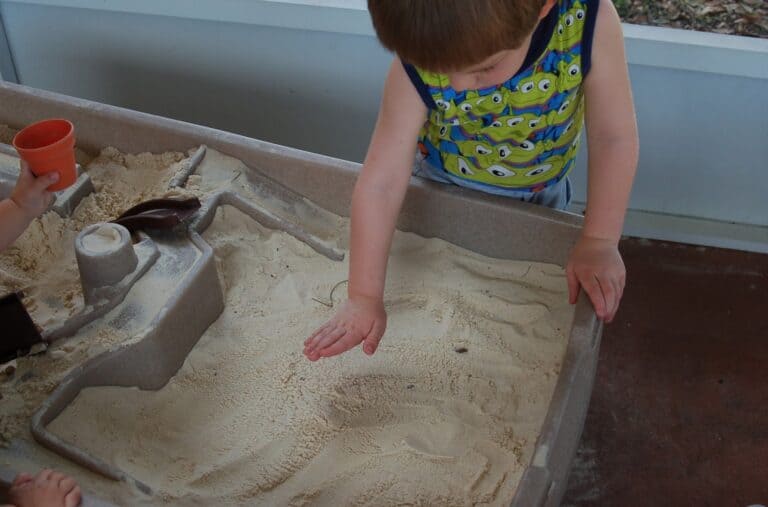Foraging Edible Flowers & Weeds in my Backyard Nature Journal
This post may contain affiliate links, view our disclosure policy for details.
Thanks to Oriental Trading for sending us supplies for our sensory nature journal!
The past year we’ve been very interested in foraging as a family, and now that we have even more time at home we’ve been enjoying foraging edible flowers and edible weeks right in my backyard! This nature sensory book has been a great identification guide for my kids as they forage!
Not only can they touch each of the plants in this nature sensory book but they can smell them too! The kids have been taking their plant identification book outside in the yard with them when they are looking for similar plants! Don’t worry – nobody eats anything outdoors without approval…..we have to process it anyways!
It’s been a fantastic way to teach the kids not only awareness of the plant world around them but to tie in the nutrition of each plant with historical uses and of course recipe making! Many of the weeds in your own backyard have not only been used in food recipes through the ages but you can create soaps, tinctures, salves, and other uses with them!
Materials Needed:
-
Empty Journal
-
Glue
-
Pen / Pencil
-
Edible flowers and weeds
Below I will feature each of the plants we included up close for you to get a good look at, then at the bottom you’ll see how I put together our nature journal! Please do not attempt to eat anything you are unsure of! There are plenty of toxic plants and flowers out there.
Also, be sure to only forage for plants that have NOT been treated with any type of lawn or chemical sprays! Just because you see wild flowers, or even ones that are edible, that doesn’t mean you should take them without precautions!
Edible Flowers in our Nature Sensory Book:
Lilac Flowers –
I absolutely love the smell of lilac trees – but their blooms seem to last a whole two weeks every year! When harvesting lilac flowers pinch any green part off and take only the flower itself! It takes a while since the flowers are so long, but I recommend starting with at least a cup full.
Dandelion Flowers –
Every part of the dandelion plant is edible! This is one “weed” I don’t mind in our yard! Although I only feature the flower and leaves in this post, the roots are also great dried and ground as a coffee substitute or used in tea.
When harvesting the flowers you can steep the entire blossom for tea, or cut the flowers off like we did in this post to make dandelion honey.
Tulip Petals –
Tulips aren’t wild in my yard but they sure make a beautiful colorful addition to salads or used as a garnish when company comes over! Harvest only the petals though and make sure the area hasn’t been chemically treated.
Wild Blue Violets –
Wild blue violets are found all over the Midwest here and are easy to spot! Violet leaves and flowers can be used, but not the roots. I like to make violet syrup and mix with lemonade as a substitute when I run out of lilac syrup.
Other Edible Plants in our Nature Sensory Book:
Dandelion Leaves –
As mentioned before, all parts of the dandelion plant is edible! The leaves are packed with vitamins and make a great addition to a fresh salad!
Garlic Mustard –
I have learned a lot about garlic mustard plants this past year – it was one of the first plants I learned about in my foraging journey. If you pull a leave off of the plant and rub it a little you won’t mistake the garlic smell that emits from it. It’s extremely invasive where I live and once you learn what it looks like you’ll be spotting it everywhere!
Purple Dead Nettle –
Plantain Leaves –
Plantain leaves come in different shapes and sizes so it’s best to be 100% sure of what you are foraging. It is, however, and easy plant to spot once you know what you’re looking for!
Ground Ivy, aka Creeping Charlie –
This beast of a weed IS my nemesis in my yard. It’s one weed I’d much rather do without as it tends to choke out everything else around it. It’s got different names depending on where you’re from and is a relative of the mint family.
Cleavers –
Cleavers are a fun plant that tends to find you all in its own due to its stickyness! If you look closely at the photo above you can see little hair-like features. Also known as stickyweed (and many other names), it tends to stick on your socks and pants as you walk by.
Catnip –
Mmmmm I LOVE the smell of catnip – and yes! Humans AND cats both enjoy this fragrant mint! Like the ground ivy, catnip (and others in the mint family) tend to take over where they are found. This is one I like to dry and crumble in my cat toys as well as in my tea.
Although we didn’t add wild mushrooms into our book due to a mushroom’s bulky size, we also spent time learning about the mushrooms growing in our backyard as well! Above you see Dryad’s Saddle, aka Pheasant Back (Latin name Polyporus squamosus), growing on a downed tree.
How to Make a Sensory Nature Journal:
I begin by laying out all of my pages and specimens that I’ve collected. Then I write or draw on each page as desired. For this particular sensory book we wrote common names of plants as well as Latin names of plants as we are using it also as an identification guide.
Lastly, we glued everything in place with a dab of hot glue. If you want your book as flat as possible you’ll need to lay a very heavy book or flat object on top of your nature journal for a few days to a week and allow the specimens to dry.
You can also choose to leave your specimens to dry on each page as is, leaving the book bulkier as it dries. The downside is that specimens can become brittle and break but it also allows for a 3D textured specimen that can be touched.
Either way both specimens can be sniffed for fragrance! If you want to extend this activity further and you’re 100% sure you can identify your plants AND source whether they are chemical free or not, you can create teas, honey, syrup, and so many other things with your foraging efforts!


